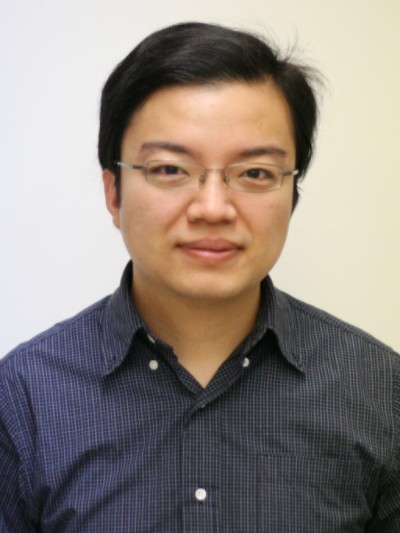2016 ACEAT
The Annual Conference on Engineering and Applied Science
Nov 22-24 , 2016, Kyoto, Japan
Keynote Speaker
Kuan-Chen Cheng
Associate Professor, Ph.D.
Institute of Biotechnology
National Taiwan University
Taiwan
Topic: Recent Advanced of Ganoderma formosanum Cultivation and Its Bioactivity
Summary of Keynote Speech:
Ganoderma formosanum, an endemic Ganoderma (Lingzhi) species in Taiwan, was firstly isolated from Formosan sweet gum (Liquidambar formosana) in Taoyuan County, Taiwan three decades ago. To date, due to its novelty, few studies had demonstrated its pharmacological potential, among which the investigation of immune-modulation and anti-tumor effects of extracellular polysaccharide (EPS) is the most understood. However, optimization for the production of G. formosanum EPS in submerged fermentation has not yet been explored. In addition, other bioactivities of G. formosanum remain unknown.
The specific aim of this research is to explore the frontiers of G. formosanum and to ameliorate the yield of EPS. First, tyrosinase inhibitory effect of G. formosanum mycelium was studied rather than Lingzhi’s traditional uses. Second, a collection of statistical and mathematical approaches was used to optimize the medium composition for EPS production in submerged fermentation.
To screen tyrosinase inhibitors from G. formosanum, ethyl acetate fraction of G. fromosanum mycelium ethanolic extract (GFE-EA) was found to demonstrate the highest inhibition toward cell-free tyrosinase. Furthermore, the secreted and intracellular melanin of B16-F10 cells were reduced by GFE-EA through suppression of tyrosinase activity and its protein expression. In addition, GFE-EA exhibit similar depigmenting efficacy to kojic acid with lower dosage (approximately one-seventh of dose), but show less toxicity to zebrafish. It would appear that GFE-EA has great potential for application in the cosmetics industry.
For optimization of EPS production, response surface methodology (RSM) was employed to study the effects of initial pH, glucose and sucrose concentration on EPS yield. The optimum medium composition was found to be at initial pH 5.3, 49.2 g/L of glucose and 4.9 g/L of yeast extract by implementing a three-factor-three-level Box-Behnken design (BBD). After 9-day fermentation with optimum conditions, the yield of EPS reached 833 mg/L, which was 1.4 fold-higher than that from basic medium, and was the highest yield reported to date.
In conclusion, these studies not only subvert the general notion that mycelium lacks certain bioactivities possessed by fruit bodies but also gives a new insight into large-scale production of G. formosanum EPS in the future.
Venue
Kyoto Research Park
Address: 134, Chudoji Minami-machi, Shimogyo-ku, Kyoto 600-8813, Japan
Tel: 81-75-322-7800





